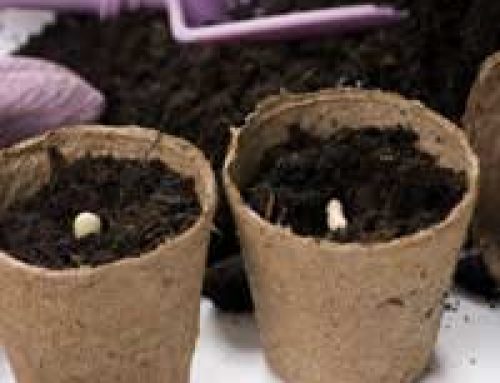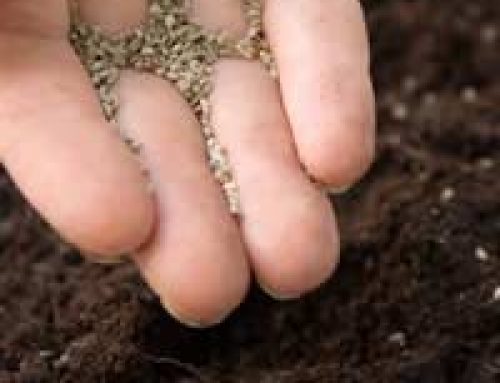
If you are restricted to using a wheelchair, you can still enjoy gardening. All it takes are a few modifications to your garden and the use of some specially adapted tools. Choosing the right plants to grow and where you intend to grow them will help as well.
Gaining Access To Your Garden
One of the biggest obstacles if you’re disabled and using a wheelchair when it comes to gardening isn’t how you’re going to be able to carry out the tasks you enjoy but in gaining access to your garden safely in the first place. Smooth paving, protective edgings, handrails and a gentle sloping ramp can all make access relatively straightforward. It’s beneficial to have walkway lighting as well as spotlights, especially if you’re going to be working in your garden after dark. If it’s possible, you might also consider installing French windows which open up straight onto your patio to make it easier for you to get in and out of your house.
The Design Of Your Garden
There are numerous ways in which you can design your garden to make it easier to tend to it if you’re in a wheelchair. Raised beds, hanging baskets and accessible arbors and trellises all take away the necessity of having to bend down to reach your plants. Furthermore, by having these kinds of features in your garden, it will make your garden seem more interesting. Some hanging baskets even come with their own pulley system so they can be raised and lowered from your wheelchair.
Garden Tools
There is a whole range of specially adapted gardening tools which are custom made for elderly and disabled people. Some come with attachable extension poles and others have specially modified grab and hold mechanisms.
Watering need not be a problem if you have a sprinkler or some other kind of irrigation system installed. If gripping things is a problem, you can buy specialist tools that can provide you with more grip and you can even get gardening gloves that have sticky palms.
Choosing Plants
In deciding what to plant in your garden, choose varieties that are easier to maintain. For example, evergreen trees will negate the need for having to rake up leaves each autumn.
Your local garden centre will also be able to tell you about the types of plants that are less prone to disease and pests which will mean less time is spent having to go around pruning and spraying. Other climbing plants are ideal if you plan on having a trellis in your back garden. In fact, growing tomatoes vertically not only makes them easier to harvest but they often tend to grow more successfully that way too.
For plants that need additional care, you should consider growing these in container boxes which you can place on a table for ease of access.
A garden that has been specifically designed for a wheelchair user can be equally as beautiful, often even more so, than your average garden given a little careful planning. All of the different features will all add interesting focal points to your garden, especially if you buy trellises, arbors and container boxes that all complement each other.





Leave A Comment